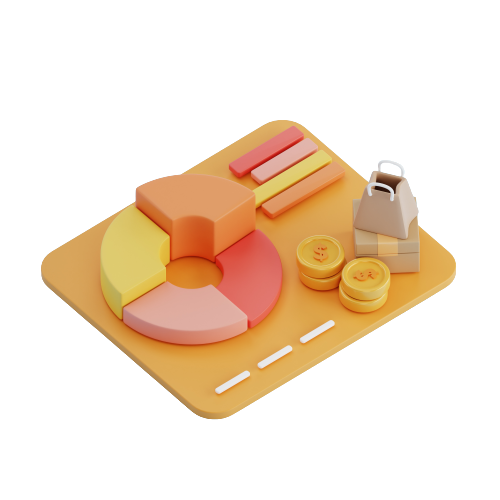Heat Map

In trading, a heat map is a graphical representation of market data that provides a visual overview of the performance or characteristics of financial instruments, such as stocks, currencies, or commodities. Heat maps use color-coded grids or charts to display information, with different colors indicating different levels of performance or characteristics, typically ranging from low to high values.
Heat maps are commonly used in trading to quickly identify patterns, trends, or outliers in large sets of data and to visually assess the relative strength or weakness of multiple financial instruments. They can provide traders with a visual snapshot of market activity and can help identify potential trading opportunities or risks.
The colors used in a heat map typically represent the magnitude or intensity of a particular data point. For example, in a performance heat map, green or blue colors may represent positive performance or strength, while red or orange colors may represent negative performance or weakness. The intensity of the color may indicate the degree or magnitude of the performance or characteristic, with darker or brighter colors representing higher values and lighter or duller colors representing lower values.
Heat maps can be used for various purposes in trading, such as:
- Market overview: Heat maps can provide a visual summary of the performance of multiple financial instruments in a single chart, allowing traders to quickly assess which instruments are performing well or poorly.
- Sector analysis: Heat maps can be used to analyze the performance of different sectors or industries within a market, helping traders identify relative strengths and weaknesses among sectors.
- Risk assessment: Heat maps can be used to assess the risk or volatility of different financial instruments, with colors indicating the level of risk or volatility associated with each instrument.
- Technical analysis: Heat maps can be used to identify patterns or trends in technical indicators, such as price movements, volume, or other technical parameters.
It’s important to note that heat maps are just one form of visual representation and should be used in conjunction with other forms of analysis and risk management techniques. Traders should always exercise caution and use heat maps as a tool to aid their decision-making process, considering other factors such as fundamentals, market conditions, and their own trading strategy.

How does a heat map work?
A heat map uses color gradients to represent the values of data points. Typically, a spectrum of colors is assigned to different value ranges. For example, in a financial heat map, green may represent positive values or strong performance, while red may indicate negative values or weak performance. The intensity of the color reflects the magnitude of the data point, with darker shades representing higher values.

What is the purpose of a heat map in finance and investing?
Heat maps in finance and investing serve several purposes:
- Data Visualization: Heat maps provide a visual representation of complex data sets, making it easier to identify patterns, trends, and outliers. They help in understanding large amounts of information at a glance.
- Portfolio Analysis: Financial heat maps can be used to analyze the performance and allocation of a portfolio. By mapping different securities or asset classes, investors can quickly identify which areas are performing well or underperforming.
- Risk Assessment: Heat maps can be utilized to assess the risk levels of various investments or portfolios. For example, they can show the concentration of risk in specific sectors or geographic regions.
- Sector/Market Analysis: Heat maps can be used to compare the performance of different sectors or markets. By analyzing the color patterns across sectors or regions, investors can identify potential investment opportunities or areas of concern

Are heat maps reliable for making investment decisions?
Heat maps are valuable tools for data visualization and analysis. However, they should be used as a supplementary tool alongside comprehensive research, fundamental analysis, and risk management strategies. Heat maps provide an overview and can highlight areas of interest, but they should not be the sole basis for making investment decisions. It is important to conduct thorough research and consider other relevant factors before making investment choices.
